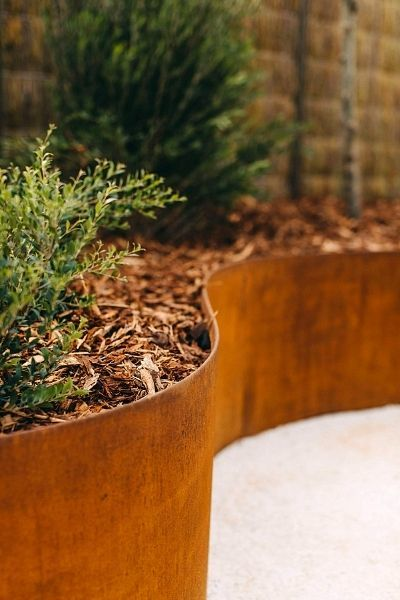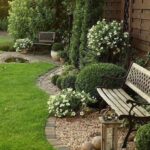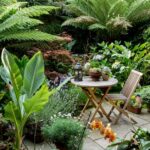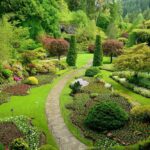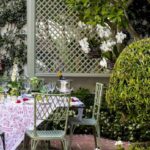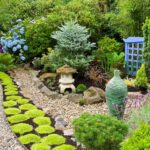One of the most important aspects of creating a beautiful garden is the landscape design. By carefully planning and implementing various elements, you can transform your outdoor space into a stunning oasis that is both functional and aesthetically pleasing. Here are some garden landscape ideas to help you achieve the garden of your dreams.
First, consider the layout of your garden. Think about how you will use the space and what features you want to incorporate. For example, you might want to include a seating area for dining or relaxing, a play area for children, or a space for growing vegetables and herbs. By carefully planning the layout, you can ensure that your garden is both practical and visually appealing.
Next, think about the plants and flowers you want to include in your garden. Choose a variety of colors, textures, and heights to create interest and depth. Consider incorporating different types of plants, such as perennials, annuals, shrubs, and trees, to add variety and structure to your garden. Make sure to plant flowers that bloom at different times of the year to ensure that your garden is always in bloom.
Incorporating hardscaping elements, such as pathways, walls, and fences, can help to define and organize your garden space. Consider using natural materials, such as stone, wood, or gravel, to create a cohesive and harmonious design. Hardscaping elements can also add visual interest and texture to your garden, creating a dynamic and inviting outdoor space.
Water features, such as fountains, ponds, or streams, can add a sense of tranquility and serenity to your garden. Not only do water features provide a focal point and visual interest, but they also create a soothing atmosphere that can help to relax and rejuvenate you and your guests. For a more sustainable option, consider incorporating a rain garden or a small pond with native plants and wildlife.
Lighting is an essential element of garden design, as it can enhance the beauty of your space and extend the time you can spend enjoying it. Consider installing landscape lighting to highlight key features, such as plants, pathways, and water features. Solar lights are a sustainable option that can add a soft and ambient glow to your garden, creating a warm and inviting atmosphere.
Finally, consider incorporating sustainable and eco-friendly practices into your garden design. Use native plants that are well adapted to your climate and soil conditions, as they require less water and maintenance than non-native plants. Consider composting your garden waste and using organic fertilizers to nourish your plants and improve the health of your soil. By implementing sustainable practices, you can create a beautiful and environmentally friendly garden that you can enjoy for years to come.
